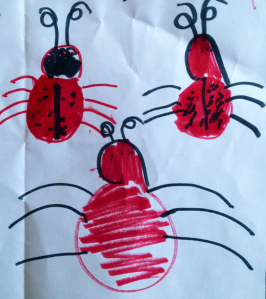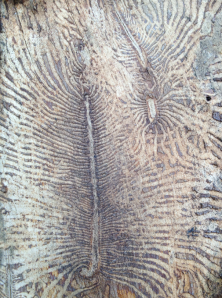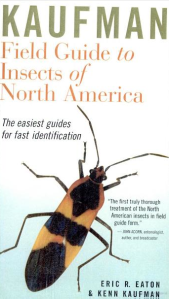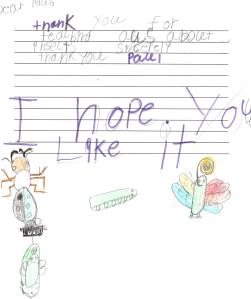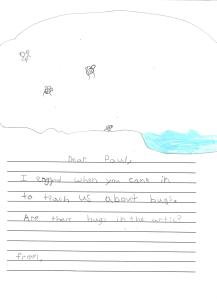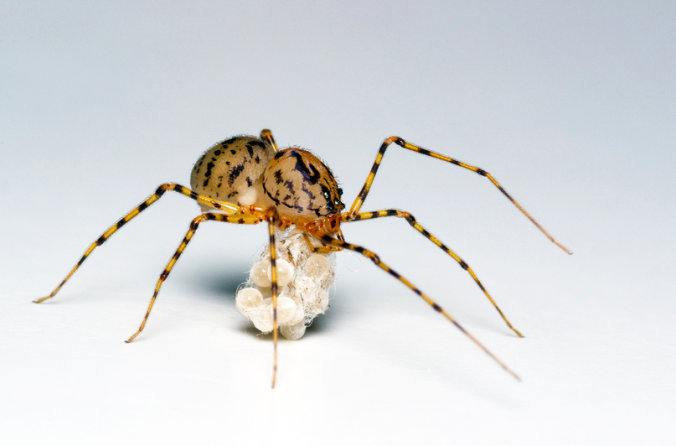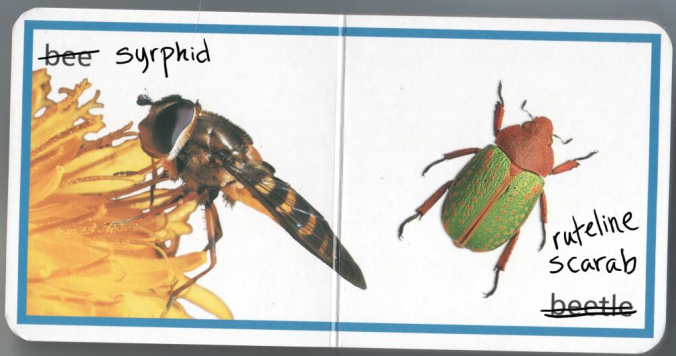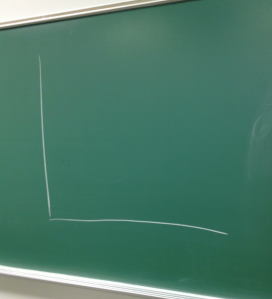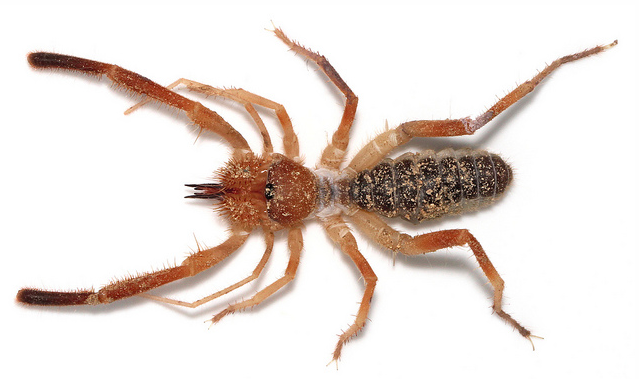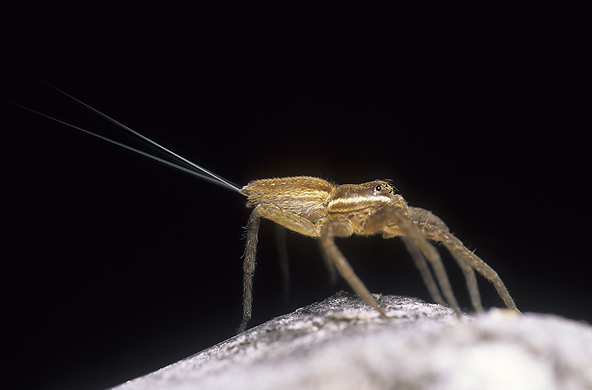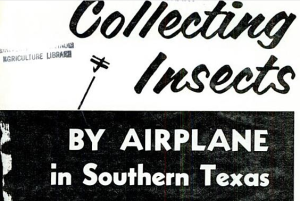As you may have noticed, the ‘weekly’ Expiscor missed last week! This is because I have opted to change to Mondays for this blog feature. The start of the week just works better, for a whole suite of reasons that I won’t bore you with! So, you can now look forward to starting your week with some odd discoveries, from arthropods to general biology and other geekery.
- Most (many?) Arachnologists know of Emerton’s classic “The Common Spiders of the United States” written in 1902 - that book is now available on-line! Big WIN for spider enthusiasts.
- Be still my heart. Here’s a video showing the heartbeat of a spider after being captured and placed in a mud-dauber (wasp) nest. Wasp finds spider. Paralyzes it. Returns it to its nest. Spider is still alive. A tasty feast for later on…. (thanks to Spider Joe for this video!)
- On to other entomology news - insect personalities? Here’s a podcast with May Berenbaum discussing the topic. She’s a well-known, and much respected Entomologist; I always learn a lot from her (follow on twitter).
- BATTLE OF THE BUG BLOGS! - nope, not a video game. Ted MacRae points out what might be happening.
- Adrian Thysse always impresses me with his amazing photographs. This one depicts one of the most lovely spiders in North America, Habronattus americanus. Yes, it’s one of my most favourite spiders, here’s why:
- Violins & insects: ever heard of bow bugs? -> insects that might munch on a violin’s bow hair?
- Tweet that… you rascally pest! I enjoyed one of the latest blog posts from the Entomological Society of Canada about using twitter to monitor insects in Alberta written by Scott Meers.
- After the frass…. (frass, by the way, is caterpillar poop) -a neat paper about how small mammals (pikas) select habitats that were previously inhabited by herbivores (the authors suggest perhaps the insects help provide additional ‘fertilizer’.
- If you don’t buy stuff on ETSY, you should - amazing on-line resource. Also, some lovely insects finds on ETSY, including this from GollyBard (thanks Cameron Webb for pointing me to this)
- Students in the desert. My Department runs a field course every second year down in the SW USA, titled “Desert Ecology” - I’m thrilled that the staff and students on that trip are blogging about it! Follow along for some good stories and a taste of the desert.
- Peeping peepers: I live on the outskirts of Montreal and over the past week, the spring peepers have been making some noise! (spring -> it’s here!)
- Sandwich Bag Dad. It’s both inspiring and annoying to know just how great some Dads are. This guy makes awesome little drawings on sandwich bags. EVERY. SINGLE. DAY. (thanks Rose Eveleth for that one)
- Bored, bored, bored. Viking voyages were long and boring. One of these bored rowers traced his foot on a plank. That is one way to deal with the doldrums! (thanks to H. Stiles for the link)
- What is Happiness? How do you define it? Does it have meaning? Yes…what easy questions, huh? Thankfully a lovely article discusses all of these (Thanks Jen Biddle [great last name, I might add!] for the link)
- Nature & design. What a taste? Have a peek at these natural fractals….
- Art & Science mix well. If in the Montreal area, do check out this exhibition at Dawson College about “The Human Body”. Lovely stuff.
- Over in Guelph, an old friend of mine is doing something great - after a scare with his daughter (a brain tumour), they will run for charity.
- Milk Cartons & Guitars: Two musical bits to wrap up. First, I’m especially fond of bluegrass, old-time, trad., folk, indie…. My colleague and friend Elena Bennett pointed me to the “Milk Carton Kids” - what a talented duo.
- And, to finish… talk about GEEKY! Here’s the “Arthropod song“
“Baby you’re and arthropod. Shake that segmented bod”


